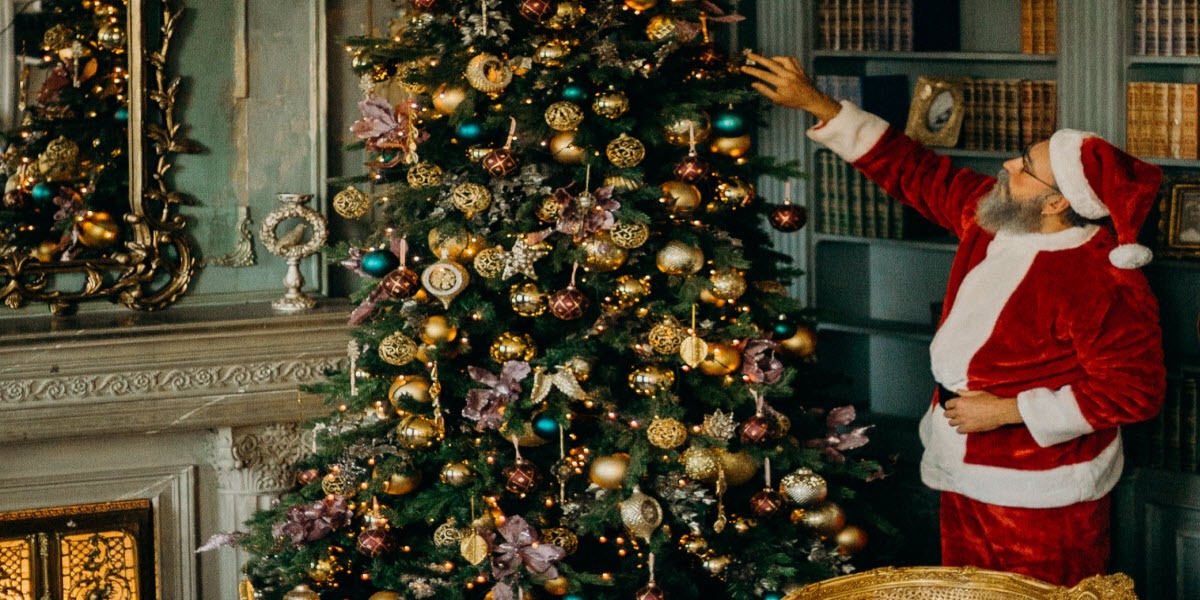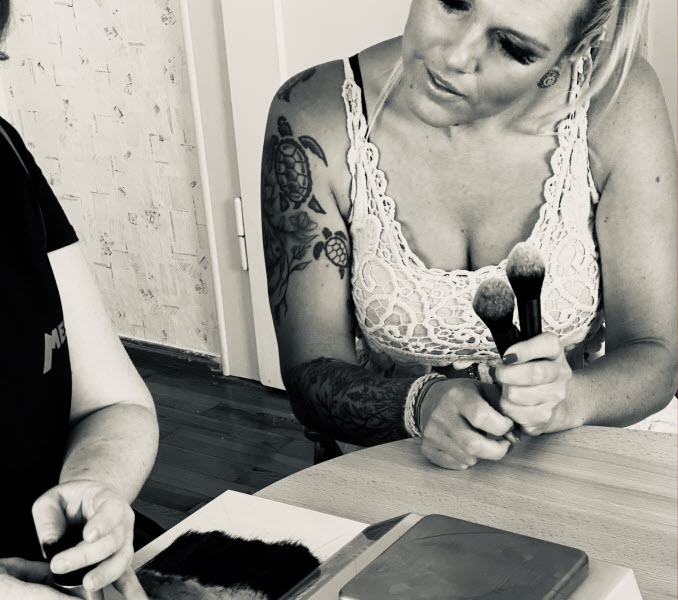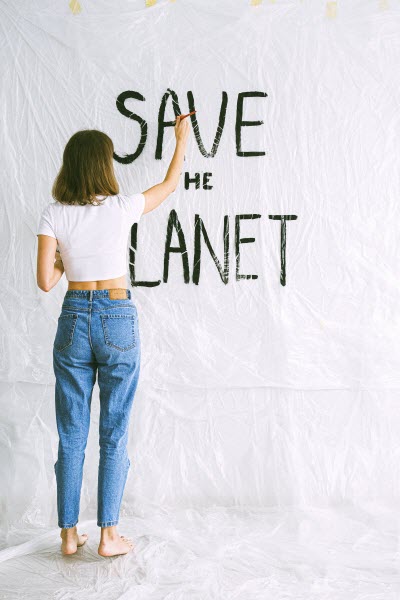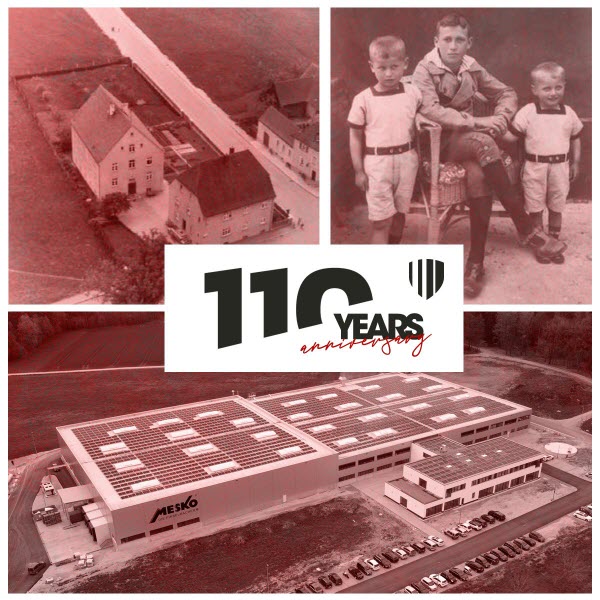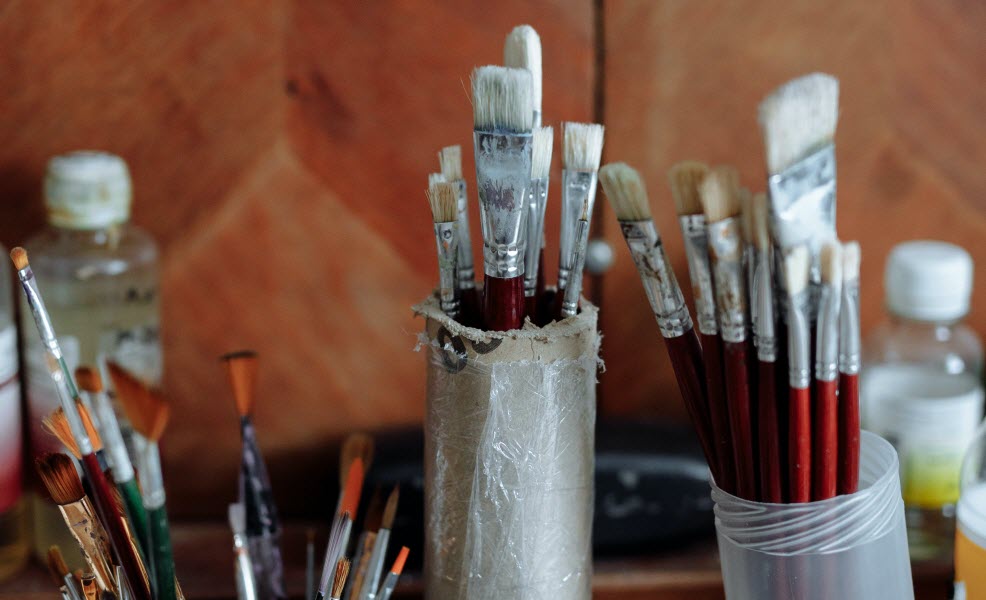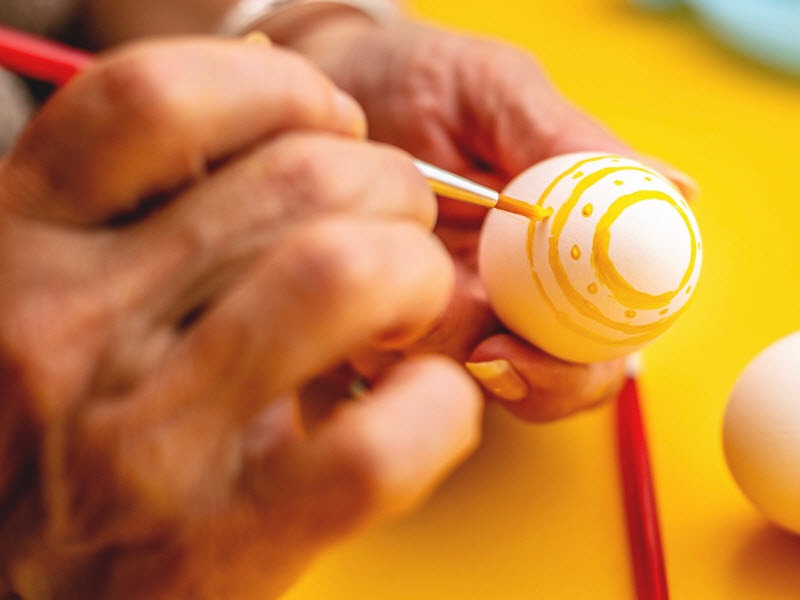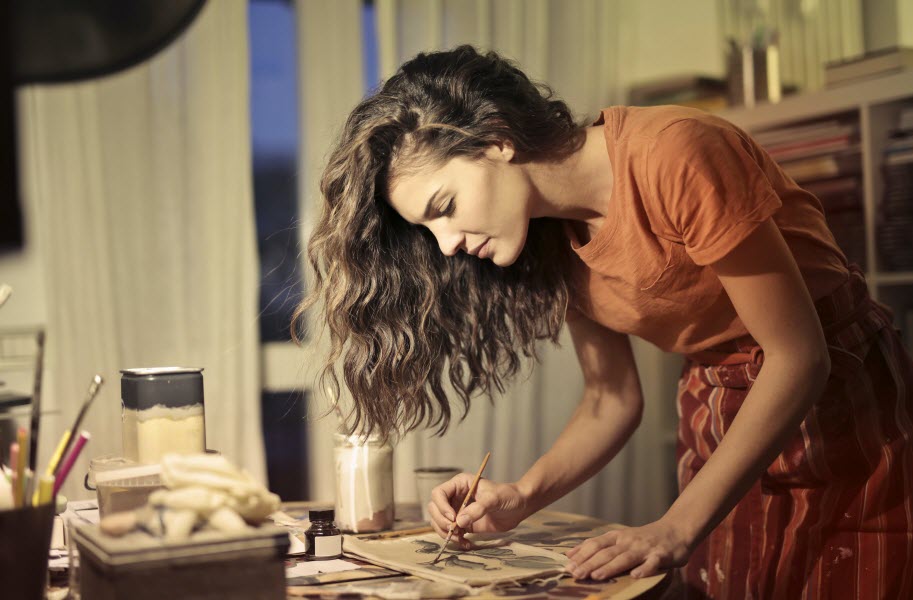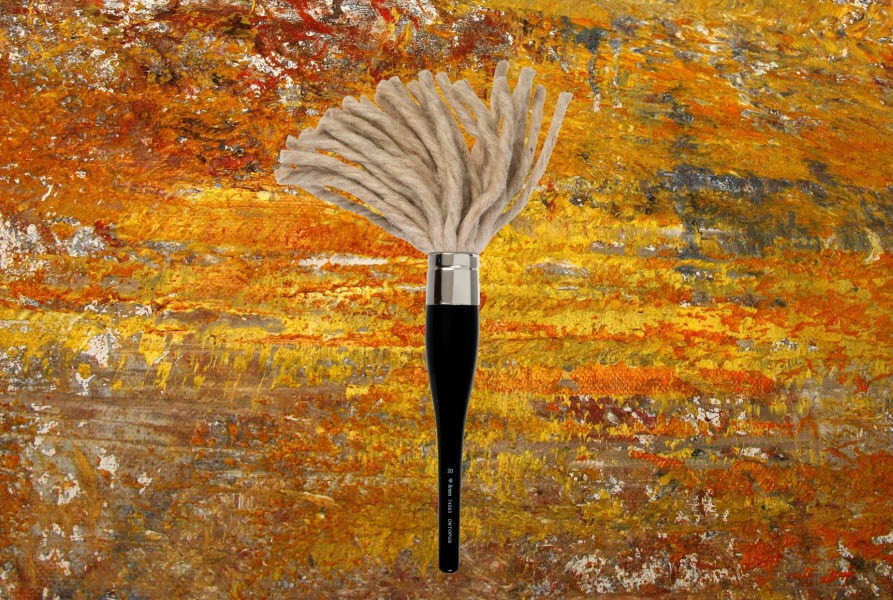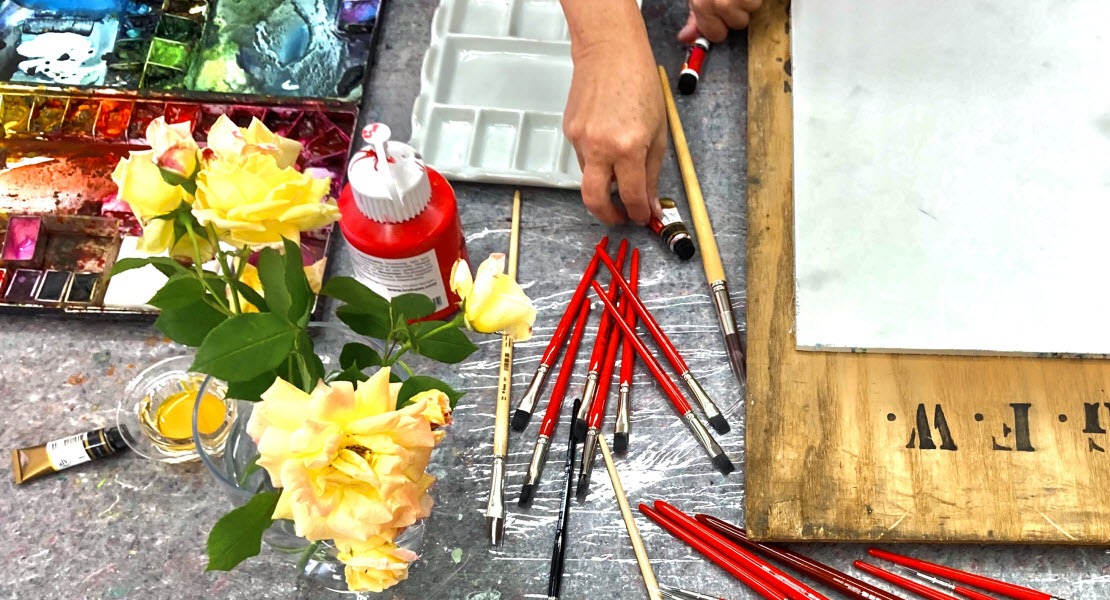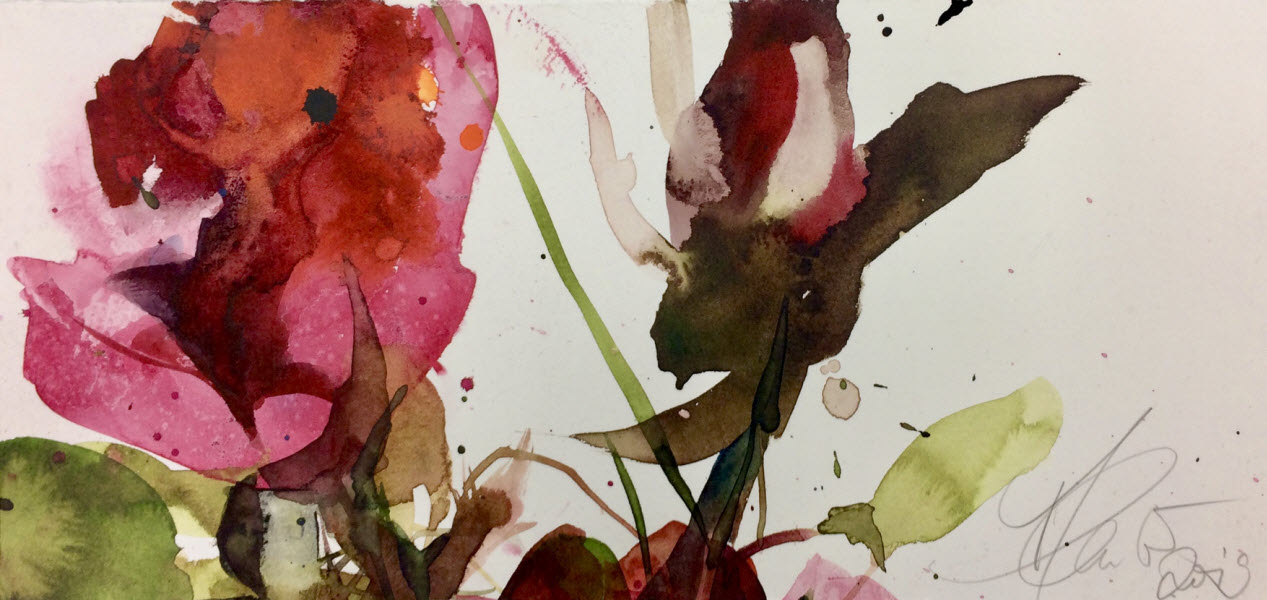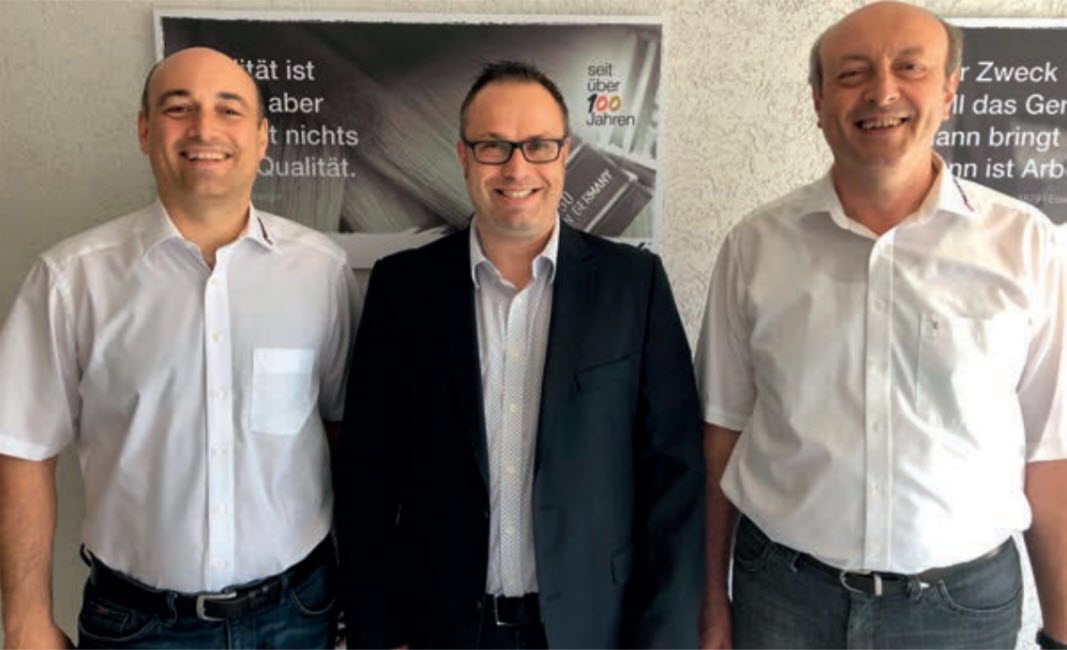Our brushes are produced green
During the conception of our new factory building also many new, environmental goals came up to our minds. Not only did we want to produce more efficiently, but also in a more environmentally friendly way. Right from the start of the conceptual work, we, therefore, thought about how this could be done, and how we would be able to make the best use of renewable energy. Half a year after we moved into our new factory, we are pleased to successfully have achieved most of these goals. Energy consumption has decreased significantly and we are now a proud manufacturer of green products.
Green energy production
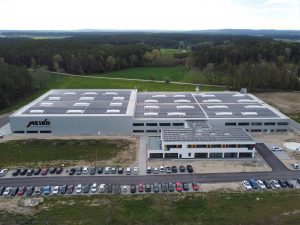
We have installed a modern photovoltaic system on the roof of our new factory. For this, we have chosen to use the entire roof space of approximately 12,000m². By making use of this huge area, we are able to produce enough electricity to run our brush production self-sufficiently and even can feed in back to the grid on sunny days and weekends. Annually, that’s a whopping 1,110,000 kWh. This is enough to supply 280 four-person households or to drive an e-car 7,400,000 km equalling 185 rounds around the earth. The CO2 savings are enormous. We are emitting almost 540,000 kg less CO2 per year to produce our brushes. This is equivalent to the emissions of 90 average oil-fired heating systems.
Use of waste heat
In addition to generating green electricity, we also use the waste heat from the cooling water of our injection molding machines. Thanks to this waste heat, we can always keep our production halls pleasantly warm for our staff by using underfloor heating. As we will also be using less energy for heating in the future, this will further reduce our energy consumption and CO2 emissions.
Flowers for more biodiversity
The green spaces around our factory actually don’t have much to do with production and green energy. Nevertheless, we can actively contribute to supporting our environment on some 3000 m². Insects are the most diverse group of animals. Including more than a million described species, they are representing around 70% of species. For other animals, such as birds, insects are an important source of food. Unfortunately, however, insects have been threatened in Europe for years, with populations steadily declining due to the ongoing destruction of natural habitats. In addition to habitat loss, insecticides used in agriculture also play an important role. With our flower meadow, we want to make our small but important contribution to biodiversity and give back some of the habitat. Together with our employees, we are looking forward to the splendor of the meadow flowers.
You might also be interested in
